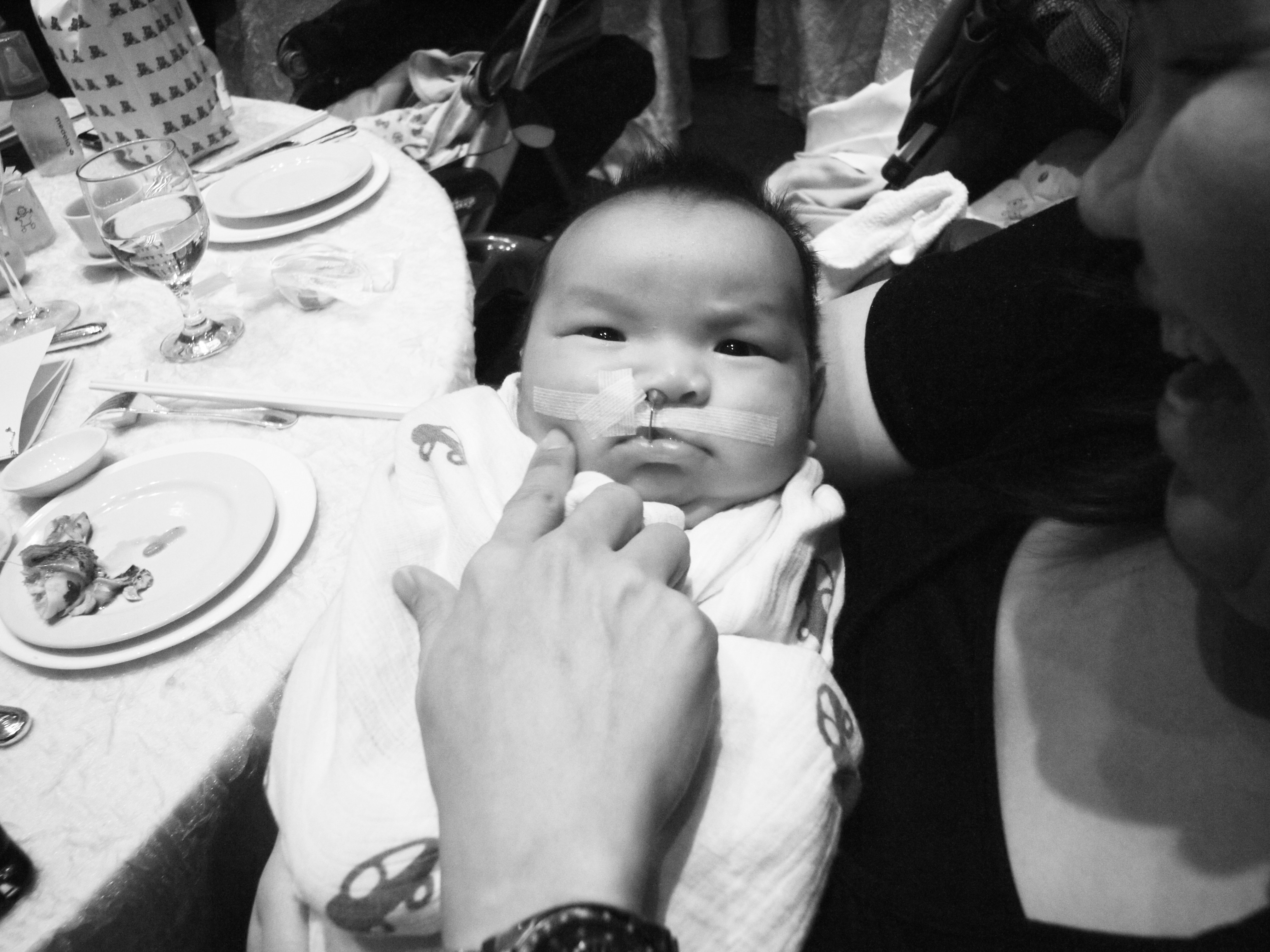Last year, approximately four million babies were born in the United States, bringing indescribable joy to parents and extended family alike. However, many families, out of concern for the health of their newborns, were not able to experience the same degree of happiness. Tens of thousands of moderate to severe birth defects are reported every year, including cases of Down Syndrome, heart abnormalities, and spina bifida. Globally, one of the most common defects is the cleft lip or cleft palate.
Although the two defects are located in distinct regions of the oral cavity, cases of cleft lips and cleft palates are grouped under the heading of orofacial clefts. These congenital defects occur fairly early during pregnancy with the cleft lip appearing around four to seven weeks and the cleft palate appearing around six to nine weeks. The two conditions are not mutually exclusive, and in some cases, babies are born with both a cleft lip and palate. Both occur as a result of skin in the oral region not fully fusing during development. While newborn boys are more at risk of developing a cleft lip, newborn girls are more susceptible to cases of cleft palates.
Image Source: Getty Images News| China Photos
A cleft palate results in a gap, where the skin is not fully joined, at the roof of the mouth. A cleft lip is more varied in the sense that it can vary extensively in size and shape and can be found in the center or on either side of the mouth. The gap in the skin can even extend all the way to the nasal area in some cases. While there is no specific cause associated with either condition, doctors believe that genetic predisposition and/or environmental factors (ingestion of some chemicals, etc.) could contribute to the formation of either or both types of clefts.
Although a cleft lip/palate can hinder speech, impair hearing, or cause dental problems later in life, the most pressing concern regards the baby’s ability to feed. In rare cases, the cleft can prevent the baby from properly breastfeeding, obstructing the child from receiving necessary nutrients for growth and development. The most common form of treatment for the cleft lip/palate is surgical correction at an early age to prevent further complications. Following the surgery, children often attend several follow-up appointments to address possible future concerns.
To this day, scientists are trying to pinpoint the genetic basis for the formation of cleft lips/palates in various experimental trials. Given the prevalence of these birth defects, understanding available treatment options can help educate the public about the long-term repercussions of these defects and ultimately help parents provide the best care for their children.
Featured Image Source: Jonathan Lin










